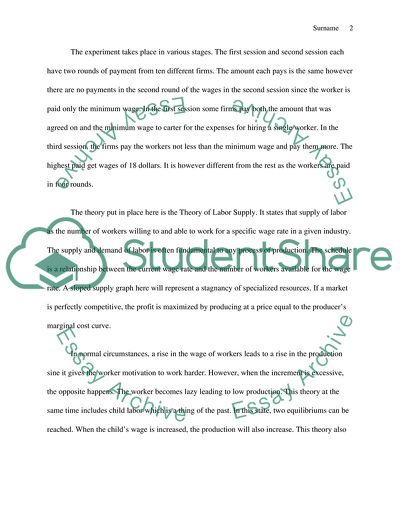Principles of Microeconomics Assignment Example | Topics and Well Written Essays - 1000 words. https://studentshare.org/macro-microeconomics/1770020-microeconomic-experiments
Principles of Microeconomics Assignment Example | Topics and Well Written Essays - 1000 Words. https://studentshare.org/macro-microeconomics/1770020-microeconomic-experiments.


